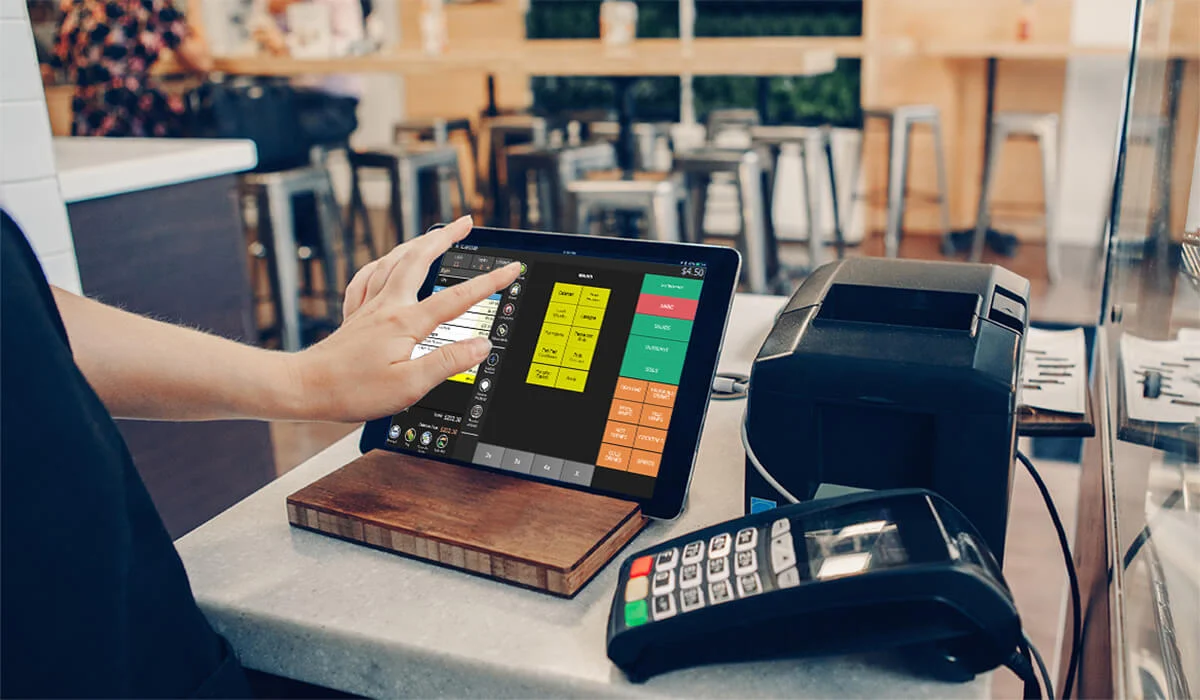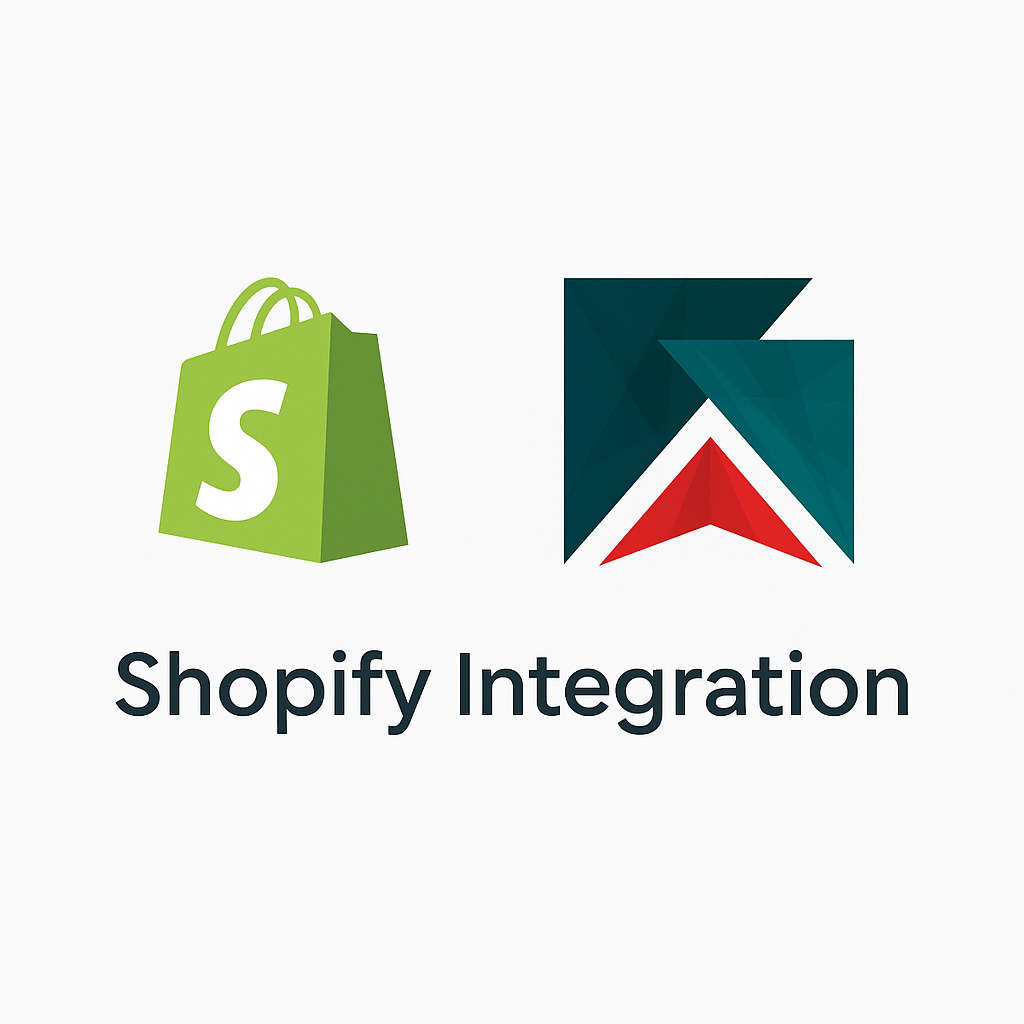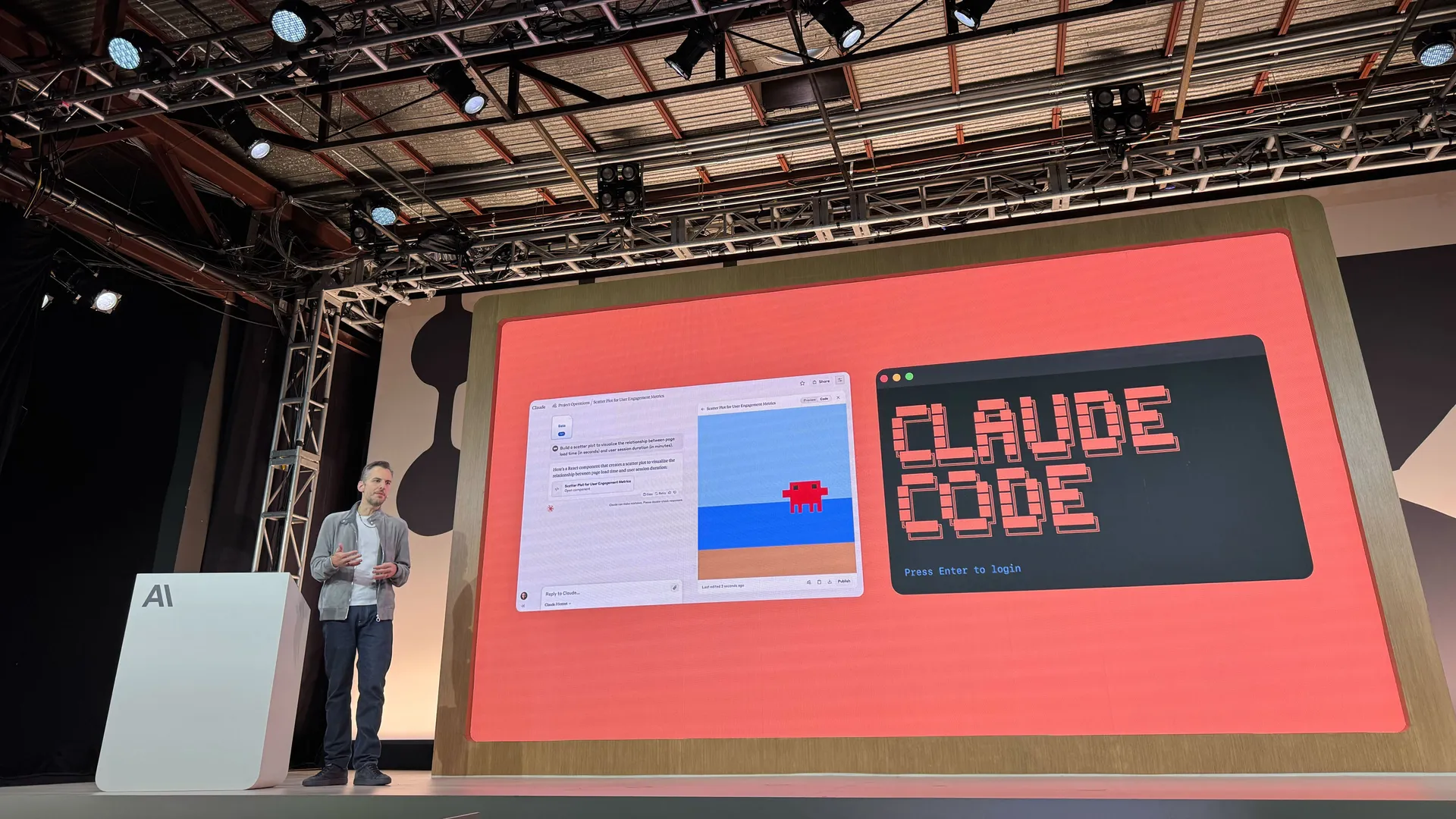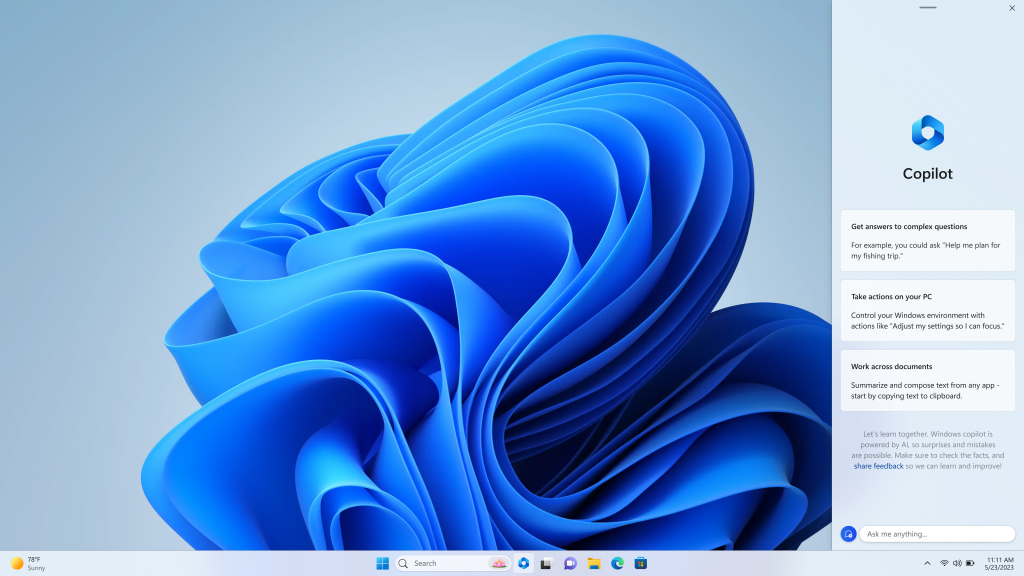In today’s fast-paced retail environment, staying competitive means embracing tools and technologies that streamline operations and enhance customer experiences. One such critical tool is the Point-of-Sale (POS) system. POS systems have evolved from simple cash registers into comprehensive platforms that manage sales, inventory, customer relationships, and more. Let’s dive deep into what POS systems are, how they work, and why they’re indispensable for modern businesses.
What is a Point-of-Sale (POS) System?
A Point-of-Sale (POS) system is the place where a retail transaction is completed. It’s the software and hardware setup businesses use to process sales, accept payments, and record transaction details. Beyond its role as a checkout tool, modern POS systems integrate with various other aspects of business operations to drive efficiency and improve decision-making.
Core Components of a POS System
1. Hardware:
POS Terminal: The computer or tablet used to run the POS software.
Barcode Scanner: For scanning product information.
Receipt Printer: Prints transaction receipts.
Card Reader: Processes debit and credit card payments.
Cash Drawer: Stores cash securely.
2. Software:
Processes transactions.
Tracks inventory.
Manages customer data.
Generates sales reports.
How Does a POS System Work?
The process of a POS system is straightforward yet highly efficient:
1. Product Selection: Items are scanned or selected from a product catalog.
2. Payment Processing: Customers choose a payment method—cash, card, or digital wallet.
3. Transaction Completion: The system updates inventory, generates a receipt, and logs the sale.
4. Data Storage: All transaction details are saved for future analysis.
Key Features of Modern POS Systems
1. Payment Processing
Supports multiple payment options, including:
Cash
Credit/Debit Cards
Mobile Payments (e.g., Apple Pay, Google Pay)
Contactless NFC Payments
2. Inventory Management
Real-time stock tracking.
Low inventory alerts.
Inventory valuation reports.
3. Customer Relationship Management (CRM)
Stores customer purchase history.
Tracks loyalty programs.
Sends personalized promotions and offers.
4. Sales Analytics
Provides real-time sales data.
Identifies best-selling products.
Tracks performance metrics.
5. Employee Management
Logs employee hours.
Tracks individual sales performance.
Manages shifts and roles.
6. Cloud Integration
Enables access to business data from anywhere.
Automatic updates to software and security features.
Benefits of POS Systems
1. Streamlined Operations
Automates manual tasks, reducing human error and saving time.
2. Enhanced Customer Experience
Speedy checkouts and personalized interactions improve customer satisfaction.
3. Data-Driven Decision Making
Actionable insights into sales trends and customer behavior help refine strategies.
4. Improved Inventory Control
Ensures stock levels are optimized to meet demand without overstocking.
5. Increased Revenue
Through analytics and loyalty programs, businesses can identify opportunities to boost sales.
Amazing Biz POS System
It is a cutting-edge solution designed to simplify and enhance your business operations. Whether you're managing a retail store, a restaurant, or an eCommerce brand with a physical presence, Amazing Biz POS equips you with the tools you need to stay ahead of the competition. Here's everything you need to know about why this POS system is a game-changer for your business.
What Makes Amazing Biz POS System Stand Out?
1. User-Friendly Interface
The Amazing Biz POS System features an intuitive design, making it easy for your employees to process transactions and manage inventory with minimal training.
2. Cloud-Based Flexibility
Access your business data anytime, anywhere. With cloud-based storage, you can monitor sales, track inventory, and generate reports from your smartphone, tablet, or computer.
3. Comprehensive Payment Options
Offer your customers a wide range of payment methods, including cash, credit cards, mobile wallets, and contactless payments like Apple Pay and Google Pay.
4. Inventory Management Simplified
Say goodbye to overstock or stockouts. The system provides real-time updates, low-stock alerts, and automatic inventory syncing to keep you in control.
5. Integrated Customer Management Tools
Build stronger customer relationships with tools for tracking purchase history, managing loyalty programs, and sending personalized promotions.
Benefits of the Amazing Biz POS System
1. Increased Efficiency
Speed up checkout times and reduce manual errors, creating a smoother shopping experience for your customers.
2. Improved Decision-Making
Detailed sales analytics and performance reports help you make informed decisions about your products, pricing, and marketing strategies.
3. Enhanced Employee Productivity
Track employee performance, manage schedules, and optimize staff allocation during peak hours.
4. Seamless Integrations
Connect Amazing Biz POS with accounting software, eCommerce platforms, and marketing tools to streamline your entire operation.
5. Scalability for Growth
Whether you're a small startup or a growing enterprise, Amazing Biz POS adapts to your needs with scalable features and flexible pricing plans.
Future Trends in POS Technology
POS systems are rapidly evolving, with trends such as:
AI and Machine Learning: Predictive analytics for customer preferences and sales forecasting.
Internet of Things (IoT): Smart devices like connected barcode scanners and payment terminals.
Cryptocurrency Payments: Enabling Bitcoin and other digital currency transactions.
Biometric Authentication: Adding security with fingerprint or facial recognition.
Conclusion
A Point-of-Sale (POS) system is more than just a tool for processing transactions; it’s the backbone of any retail operation. By investing in a modern POS system, businesses can streamline operations, improve customer satisfaction, and gain the insights needed to thrive in a competitive market.








